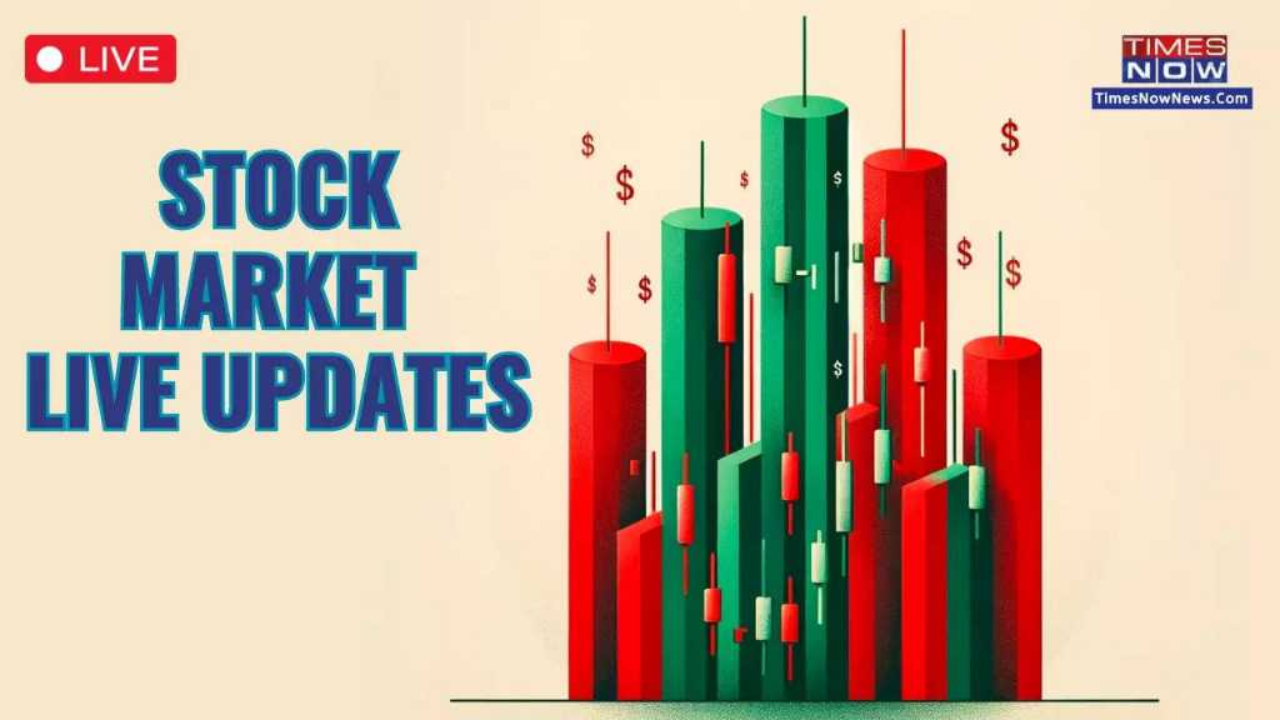

Government Actions and Their Impact on Bitcoin
Bitcoin has experienced a decline for the fourth consecutive trading session, reaching its lowest point since February. This downturn is largely due to concerns over potential selling by governments, creditors of a failed exchange, and beleaguered crypto miners. The original digital asset fell as much as 8% to $53,602 before recovering some of the losses. Despite an advancing stock market, most cryptocurrencies have fallen, highlighting the challenges facing the industry.
Bitcoin is now down approximately 25% from its March record, as the initial excitement around US exchange-traded funds (ETFs) investing directly in the token has given way to fears of higher-for-longer interest rates and political uncertainty. Additionally, administrators of the failed Mt. Gox exchange are returning an $8 billion hoard of Bitcoin to creditors in stages, which has added uncertainty to the market. A Mt. Gox-linked wallet moved $2.7 billion worth of the token recently, further weighing on the market.
There are also signs that German authorities are preparing to sell some of the 50,000 Bitcoin they seized earlier from online criminals. Meanwhile, Bitcoin miners are under pressure to unload tokens to cope with evaporating profitability, contributing to the overall bearish sentiment in the market.
Market Correlations and Investor Sentiment
As MSCI Inc.’s gauge of global stocks hovers near a record high, the short-term, 30-day correlation between Bitcoin and the index is plunging. This raises the question of whether risk aversion in crypto is isolated or if it signals a cautious quarter for mainstream investments after a strong first half for shares. Stefan von Haenisch, head of trading at OSL SG Pte, stated, “There’s just a general lack of buzz in crypto markets right now. Most news that is currently being spread, for example, Mt. Gox selling, is more bearish in nature.”
Von Haenisch believes that the crypto market needs more dovish notes on monetary policy from the Federal Reserve, suggesting that “one to two rate cuts, coupled with Fed balance sheet expansion, are two key ingredients that crypto is really waiting for.” Willy Chuang, chief operating officer at crypto exchange WOO X, mentioned that the selling pressure will mostly be concentrated in the short term. “It’s worth noting that despite these concerns, the long-term impact may be less severe as the market gradually absorbs the selling pressure,” Chuang added.
Economic Indicators and Future Outlook
A recent report showed that US hiring moderated in June, and prior months were revised lower, bolstering prospects that the Federal Reserve will begin cutting interest rates in the coming months. Bitcoin hit an all-time peak of $73,798 in March, buoyed by unexpectedly strong demand for inaugural US ETFs for the token. However, the inflows have since ebbed, taking Bitcoin lower and casting a pall over the rest of the digital-asset market.
Approvals for debut US ETFs for the No. 2 ranked token, Ether, are pending. However, interest in these products could be mixed if the crypto selloff continues. More than $536 million in bullish crypto positions were liquidated in the past 24 hours, according to Coinglass data. The liquidations over the past three days are among the most since April. Caroline Mauron, co-founder of digital-asset derivatives liquidity provider Orbit Markets, noted that “Poor weekend liquidity will exacerbate any moves triggered by liquidations, even small ones.” She added that the return of US investors from the July 4 holiday should help bring some stability.
The operators of the power-hungry computers that underpin the Bitcoin blockchain are continuing to absorb the financial hit of April’s so-called halving, which reduced the new tokens they receive for their work. One response from these Bitcoin miners is to sell some of their inventory of tokens. Daily miner revenue has dropped by 75% to $26.5 million since the April halving, according to CryptoQuant data. Transaction fees earned by miners have declined to 3.7% of total revenue after peaking at 75% earlier that month.
“The $51,000-$52,000 range is crucial as a lot of Bitcoin miners are reaching their break-even point for profitable mining,” said Le Shi, head of trading at market-making and algorithmic trading firm Auros.
For more information on related topics, consider exploring:










